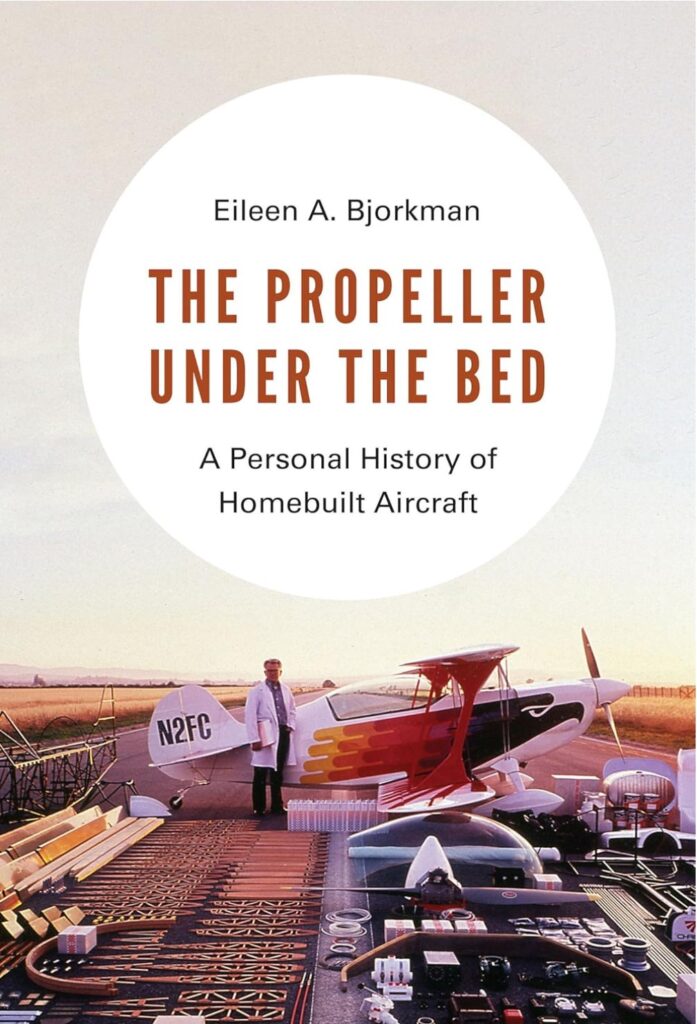EAA stands for Experimental Aircraft Association. It’s a group of people passionate about all things aviation. It originates from the desire to build aircraft for educational purposes, according to the FAA Experimental Category regulations, which includes building and operating amateur-built aircraft, kit-built aircraft, and light-sport aircraft.
There are two memberships:
The national EAA membership provides many programs and resources that are often facilitated by local chapters.
Your local chapter membership brings the EAA programs and other locally relevant programs to your local area.
CLICK THIS to read how EAA explains Experimental / Amateur-Built Aircraft.
CLICK THIS to read about the history of EAA Chapter 105.
What is an amateur-built aircraft?
Amateur-built aircraft means an aircraft issued an Experimental Airworthiness Certificate under the provisions of Federal Aviation Regulations (FAR) § 21.191 (g).
Title 14, Code of Federal Regulations (14 CFR), part 21, section 21.191(g), defines an amateur-built aircraft as an aircraft “the major portion of which has been fabricated and assembled by person(s) who undertook the construction project solely for their own education or recreation.”
Title 14 Code of Federal Regulations
§ 21.191 Experimental certificates.
Experimental certificates are issued for the following purposes:
(a) Research and development. Testing new aircraft design concepts, new aircraft equipment, new aircraft installations, new aircraft operating techniques, or new uses for aircraft.
(b) Showing compliance with regulations. Conducting flight tests and other operations to show compliance with the airworthiness regulations including flights to show compliance for issuance of type and supplemental type certificates, flights to substantiate major design changes, and flights to show compliance with the function and reliability requirements of the regulations.
(c) Crew training. Training of the applicant’s flight crews.
(d) Exhibition. Exhibiting the aircraft’s flight capabilities, performance, or unusual characteristics at air shows, motion picture, television, and similar productions, and the maintenance of exhibition flight proficiency, including (for persons exhibiting aircraft) flying to and from such air shows and productions.
(e) Air racing. Participating in air races, including (for such participants) practicing for such air races and flying to and from racing events.
(f) Market surveys. Use of aircraft for purposes of conducting market surveys, sales demonstrations, and customer crew training only as provided in § 21.195.
(g) Operating amateur-built aircraft. Operating an aircraft the major portion of which has been fabricated and assembled by persons who undertook the construction project solely for their own education or recreation.
(h) Operating primary kit-built aircraft. Operating a primary category aircraft that meets the criteria of § 21.24(a)(1)that was assembled by a person from a kit manufactured by the holder of a production certificate for that kit, without the supervision and quality control of the production certificate holder under § 21.184(a).
(i) Operating light-sport aircraft. Operating a light-sport aircraft that –
(1) Has not been issued a U.S. or foreign airworthiness certificate and does not meet the provisions of § 103.1 of this chapter. An experimental certificate will not be issued under this paragraph for these aircraft after January 31, 2008;
(2) Has been assembled –
(i) From an aircraft kit for which the applicant can provide the information required by § 21.193(e); and
(ii) In accordance with manufacturer’s assembly instructions that meet an applicable consensus standard; or
(3) Has been previously issued a special airworthiness certificate in the light-sport category under § 21.190.
Great books about the beginnings of amateur-built aircraft.
Unlocking the Sky: Glenn Hammond Curtiss and the Race to Invent the Airplane
While the Wright brothers threw a veil of secrecy over their flying machine, Glenn Hammond Curtiss — perhaps the greatest aviator and aeronautical inventor of all time — freely exchanged information with engineers in America and abroad, resulting in his famous airplane, the June Bug, which made the first ever public flight in America. Fiercely jealous, the Wright brothers took to the courts to keep Curtiss and his airplane out of the sky and off the market. Ultimately, however, it was Curtiss’s innovations and designs, not the Wright brothers’, that served as the model for the modern airplane.
The Propeller under the Bed: A Personal History of Homebuilt Aircraft
Eileen Bjorkman ― herself a pilot and aeronautical engineer ― frames her father’s journey from teenage airplane enthusiast to Air Force pilot and Boeing engineer in the context of the rise, near extermination, and ongoing interest in homebuilt aircraft in the United States.


